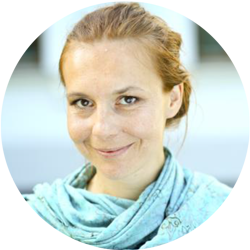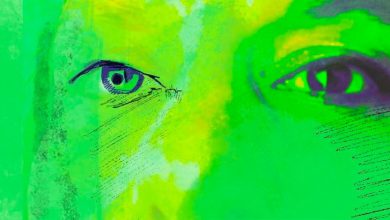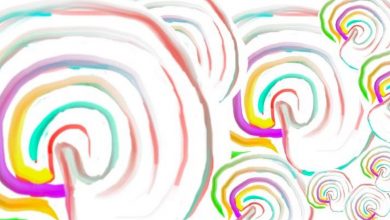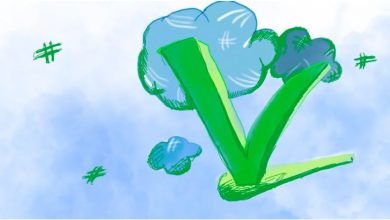Are you a Self-Directed Learner?
Self-directed learning (SDL) is based on learners' responsibility for their own learning process. It is important to be aware that not everyone has the same predispositions to be a self-directed learner. Different instruments have been developed to measure SDL readiness and continued learning. This article will guide you through the SDL universe.

Why did I choose this tool?
Today’s trainer should have a strong sense of personal agency to select and learn relevant information, that is to exhibit learner’s autonomy as it is so critical in supporting a productive and fulfilling professional life.
How does this apply to being a trainer?
Being a trainer in the frame of non-formal education is quite often a journey across unknown lands. By working with different groups and different topics we need to know how to learn most effectively, so as to offer highly qualitative learning experience for the others. Trainers are mastering the lifelong learning in the gym of Life through new arising challenges, contexts (both cultural as well as political) and educational priorities. There are not many references, standards, nor requirements measuring trainer’s proficiency; most often it is the trainer himself/herself recognizing his/her own strengths and weaknesses and being responsible for his/her own development. The journey of a learner is a never-ending story.
Content:
Self-directed learning (SDL) imposes on the learner responsibility for his/her own learning process. The curriculum of learning is in the learners’ hands: defining learning needs, formulating learning goals, identifying resources for learning, choosing learning strategies, and finally evaluating learning outcomes.
There are many tools and instruments that could empower the navigation through this own learning journey.
Nowadays SDL becomes an important component not only in non-formal education, but in particular in the formal one. In the US there is an increasing number of competency-based education (CBE) programs at schools and universities. The success of those programs highly depends on the individual performance of the learner.
The original concepts of self-directed learning (SDL) was described in early works of Knowles (1975), Tough (1979, 1979), and Candy (1991), and it was extended by the learning-how-to-learn concepts of Smith (1982). The study and research on SDL is continuously expanding.
There are lots of new analyses and outcomes of research in The International Journal of Self-Directed Learning, which is published biannually by the International Society for Self-Directed Learning (www.sdlglobal.com).
It is important to be aware that not everyone has the same predispositions to be a self-directed learner. Different instruments have been developed to measure SDL readiness and continued learning.
For example Guglielmino (1977) reflected eight factors which could measure Self-Directed Learning Readiness:
- openness to learning,
- self-concept as an effective learner,
- independence in learning,
- personal responsibility for learning,
- love of learning,
- creativity,
- orientation for future learning, and
- being in possession of basic problem-solving and learning skills.
You may order an online SDLRS test for your own use here http://www.lpasdlrs.com/.
“Learners do not become effective self-directed learners by “chance” but through “praxis”,” Christine Seifert, Curtis Newbold, and Richard Chapman expressed in the article PUT ME IN, COACH: SELF-REGULATED DIRECTED LEARNING AS TACTICAL POWER.
Practice your SDL muscles
- Develop internal ‘reward and consequence’ tactic. Try to have no expectations of someone rewarding you for the completed work or being afraid for the consequences if it is not done well enough.
- Design the learning plans and projects with a competence in mind.
- Optimize and personalize your learning tactics, decide which tactics are best served by minimizing the effort in order to maximize another – that would make your learning more effective.
- Measure your development through criteria other than comparing with others.
*What is a learning tactic?
It is a manner of learning. There are hundreds of learning tactics, and you personally master some of them almost every day.
Examples of learning tactics:
- metacognition – it is checking the knowledge we actually have gained – rather than assuming we’ve been absorbing everything we have learn. For example: make a list of everything you actually remember. Then go back and see what concepts you’ve missed;
- regular self-assessment before taking on a new learning challenge;
- scheduled learning – people learn better when using multiple, short training episodes rather than one extended session;
- different learning environments (Carey), which refers to so called context dependent learning (we recall on something that we have learnt when we find ourselves in a similar situation again);
- physical activities;
- learning by doing – experiential learning;
- incorporating rituals into learning (breathing, exercises, sounds etc.);
- sleeping rhythm – for example, taking naps during the day;
- mastering forgetting and recalling;
- sharing the knowledge with someone or even teaching someone;
- going through different reflective exercises;
- learning alone, with a peer or within a group;
Reflection questions
- How will you measure your successes in learning if you have no one to compare yourself with?
- What learning tactics do you use more often; which ones you would like to try out?
- Which are the learning tactics for you that are less energy consuming, and which ones need more effort?
- What would you like to discover more in this topic?
- In which moments are you most open to learn something new?
- How would you describe yourself as a learner?
- How would you assess your autonomy as a learner? Do you need any support in learning? If yes, what kind of support?
- How would you describe your passion as learner?
- What could have empowered your learning?
- How creative are you in the learning process?
- What are your needs and dreams in terms of your own development?





